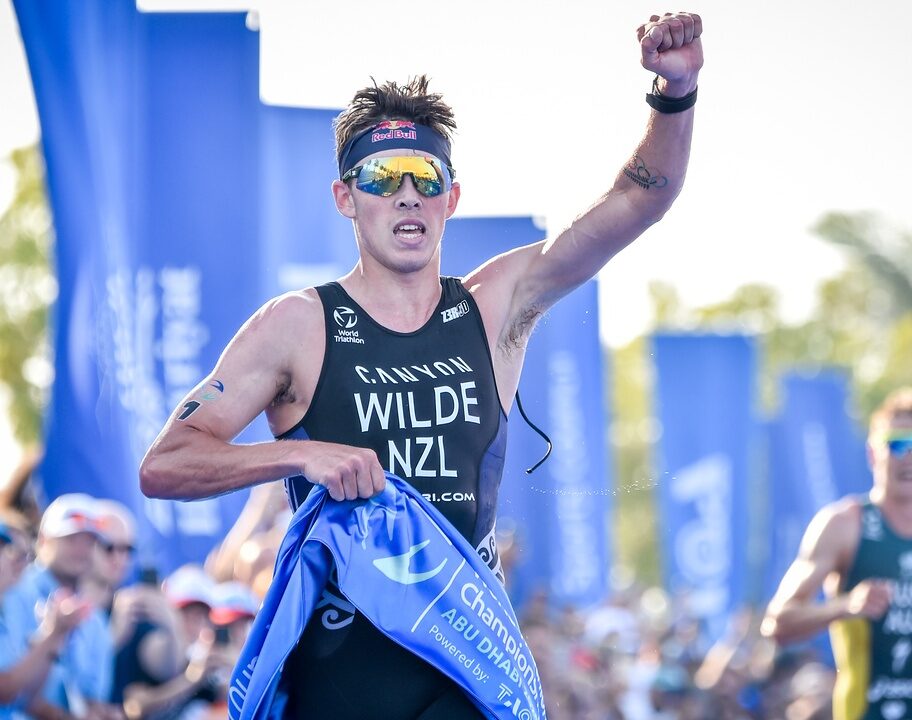Once you’ve ticked off your first triathlon or two, chances are you’ve caught the multisport bug. And alongside looking for more races to enter (check out our Let’s Race guides for inspiration!) it’s likely you’ll also be starting to think about upgrading your gear with more triathlon-specific kit. So should triathlon cycling shoes be on your kit list? Let’s take a look at the key differences between triathlon bike shoes and regular cycling shoes, the benefits of upgrading and what to look for when you’re shopping for a new pair.
Note: when you purchase through some links on our site, we may earn a small affiliate commission.
Triathlon cycling shoes vs regular bike shoes – what’s the difference?
The primary difference between triathlon cycling shoes and regular cycling shoes is the product design itself. Where a regular cycling shoe will have a stiffer, more closed design – often with multiple fastenings or even laces. A triathlon shoe typically has a more ‘open’ design with a wider foot opening and only one or two Velcro or Boa fastenings, designed to make it as easy as possible for you to get your foot in quickly.
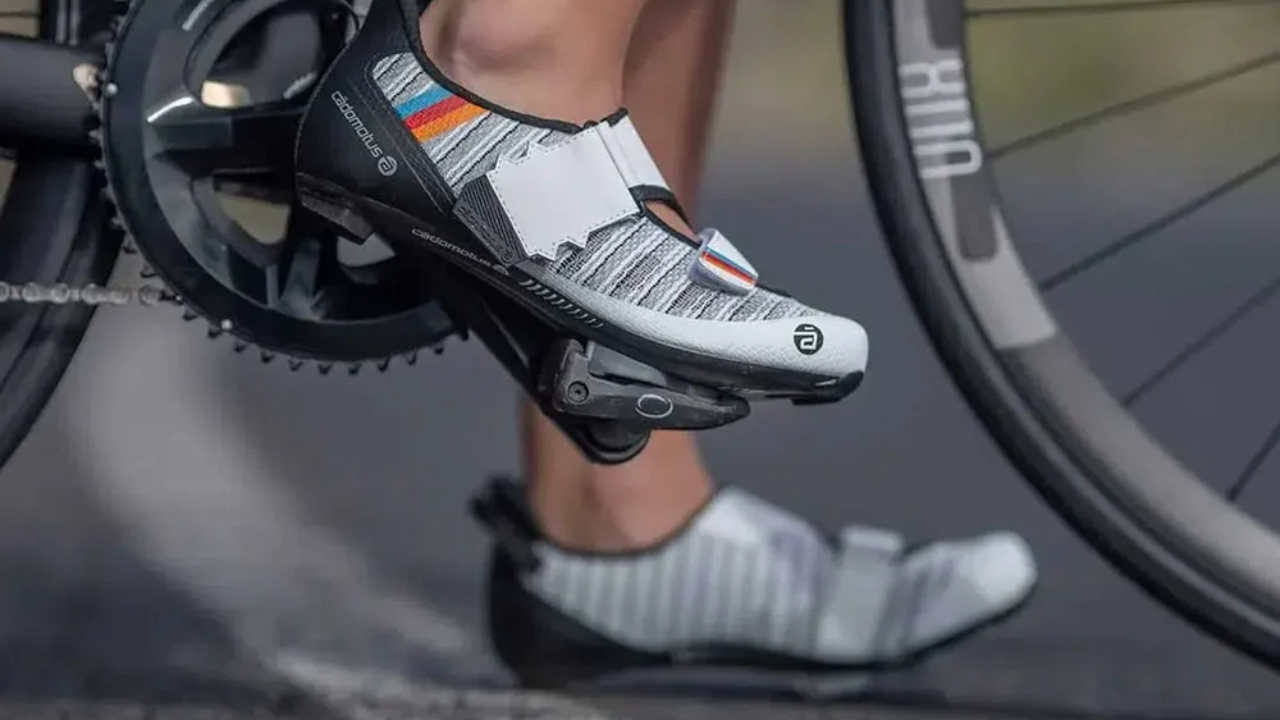
Triathlon bike shoes also often have more ventilation, as you’re typically racing in warm, summer conditions whereas you might use your cycling shoes through the cooler months. This also allows triathlon shoes to drain any water that might get into the shoes after the swim. Finally, triathlon cycling shoes usually have a heel loop attached to the back. You can use this to loop elastic bands through so you can leave your shoes clipped into your pedals ready for when you head out of transition and jump on the bike. It also makes it easier to get your feet into the shoes while you ride – you can hold onto the heel loop to keep the shoe still as you slide your foot in.
Benefits of triathlon cycling shoes
The main benefit of triathlon cycling shoes is they’re far quicker and easier to get your feet into during a triathlon transition. The wider openings mean that even when you’ve got soaking wet feet after the swim you can quite easily get your foot into the shoe. And the simple fastenings along with the heel loops make it possible to leave your shoes clipped into your pedals so you can do a flying or a push mount.* This all adds up to less time spent fiddling with your cycling shoes in transition.
Alongside the faster transition times, triathlon cycling shoes are usually designed to be comfortable to wear without socks. If you’ve ever tried to put socks on with wet feet, you’ll know it can be pretty tricky! Which is why many triathletes don’t bother putting socks on for the bike ride during a triathlon. The inside of good triathlon shoes are designed with softer materials and minimal raised seams to avoid blisters.
Triathlon bike shoes are also designed to be fast-drying with excellent ventilation to keep your feet cool and avoid moisture build-up when you’re racing in warm conditions.
*This simply means running through transition with bare feet and either ‘jumping’ onto your bike saddle while pushing your bike over the mount line, or stepping onto one pedal and swinging your leg over to get situated on the saddle while the bike is still moving.
The drawbacks of triathlon bike shoes
Sounds like a no brainer, right? There are, however, a couple of considerations before you make the switch. Compared to regular cycling shoes, triathlon bike shoes can offer less foot support and have reduced stiffness due to the wide openings and simplified fastenings. This can mean that your foot is more likely to move around in your shoe, which (depending on your foot shape and biomechanics) can lead to some pronation/supination and arch pain. And the loss of stiffness can reduce how efficiently you transfer power through your bike pedals.
The other compromise can be aerodynamics. The wider openings on the top of triathlon cycling shoes can disrupt airflow and add a little extra drag while you’re riding – that’s why you’ll notice track and time trial cyclists going as far as wearing special aerodynamic shoe covers. It’s worth knowing that, as long as you don’t mind upping your budget, there are some options out there for triathlon cycling shoes that feature clever design details to offer improved aerodynamics and power transfer while still facilitating fast transitions – for example the Cadomotus Chronos Aero triathlon shoes.
Triathlon cycling shoe buying guide
Decided to go all in and get yourself some triathlon-specific cycling shoes? Here are the key features we think you should be looking for.
Heel loop
A heel loop will make it so much easier to get your shoes on quickly in T1, even if you’re planning to put them on in the transition tent before you run to your bike rather than leaving the clipped to your pedals to do a flying/push mount. The loop essentially acts like a built-in shoe horn. Don’t underestimate how tricky it can be to get your foot into your shoes when you’re soaking wet after the swim! You’ll be grateful for that small but mighty extra loop of material.
Wide opening with easily adjustable fastenings
Look for tri bike shoes with a wider foot opening, and a straight forward fastening such as a Velcro strap or a Boa twist dial. This will make it easier to get your shoes on and then quickly and securely fasten them without losing much time in transition. A simple fastening system is also useful to make it easy to adjust how tight your shoes are while you’re riding. Particularly during middle and long distance triathlons in warm conditions, you might find your feet start to swell a little with the heat and you start to get pressure points. Ideally, you want to be able to reach down and loosen your shoes off a touch while you ride which can be tricky with some of the more complicated road shoe fastening systems.
Fast-drying and breathable design
Do you know what’s a recipe for getting blisters and hotspots before you’ve even started the run in a triathlon? Wet and/or sweaty feet trapped in poorly ventilated cycling shoes! Look for triathlon cycling shoes with good ventilation, such as mesh sections or drainage holes, so your feet can quickly dry after the swim and avoid overheating.
Comfortable for riding without socks
If you want to be able to save a bit of time in T1 and skip the socks, then make sure you take a look at the materials and construction inside your prospective triathlon cycling shoes. Ideally you want shoes with a bit of padding, and fabrics that aren’t going to be too harsh on bare skin. Watch out for any scratchy, raised seams too.
Aero features and stiff soles – particularly if you’re racing half or full Ironman distances
For triathletes planning to race over the middle or long distances, efficiency and aerodynamics on the bike become significantly more important. The longer you’re going to be on the bike, the more benefit you’ll get from the marginal gains!
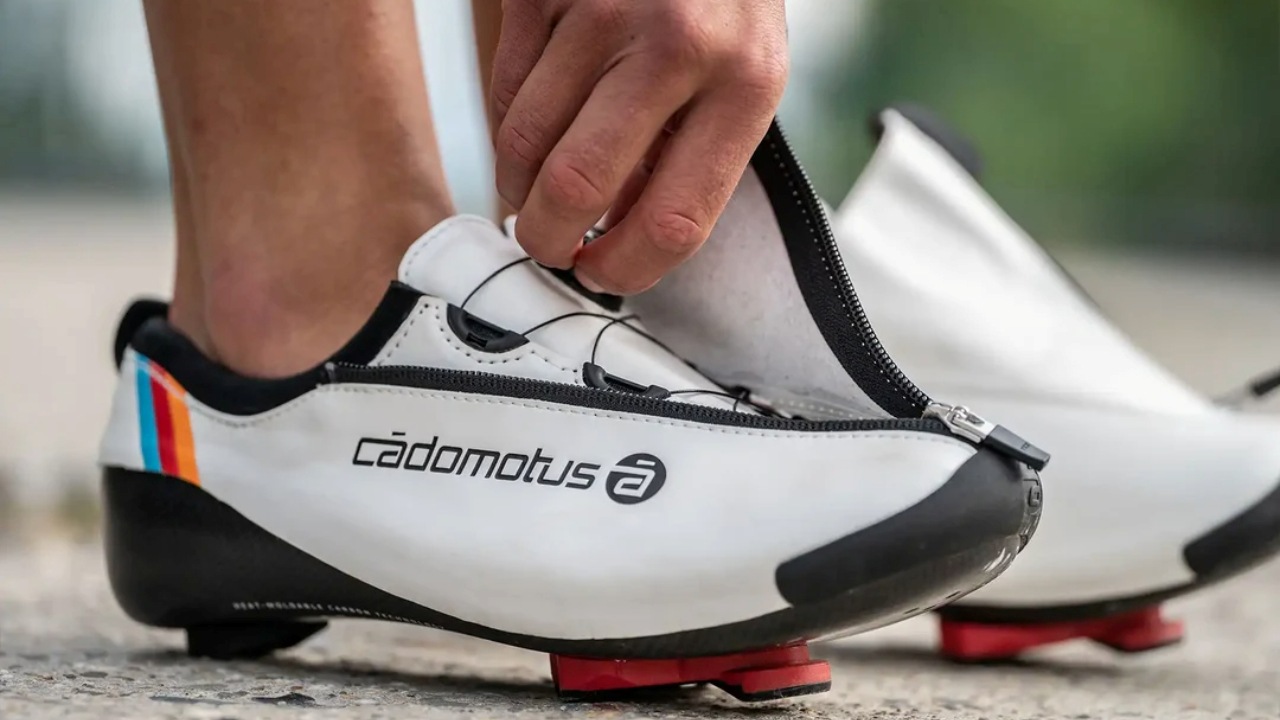
While you can certainly race, and race well, with entry level tri shoes. If you’re focused on getting every drop of performance out of yourself then it can be worth upgrading to a more premium triathlon bike shoe. These will strike the balance between easy-on designs to speed up your transitions, and stiffer soles to facilitate better power transfer along with aero features to reduce drag. So you can ride faster, for less effort. We took a look at the potential watts you can save and what that means over the half and full Ironman distance here.


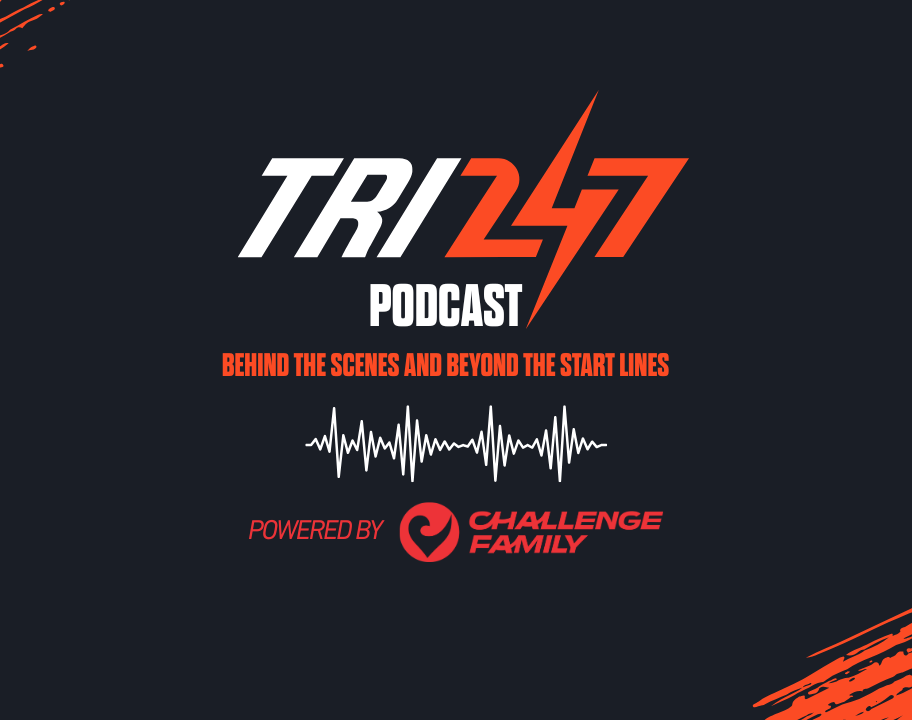
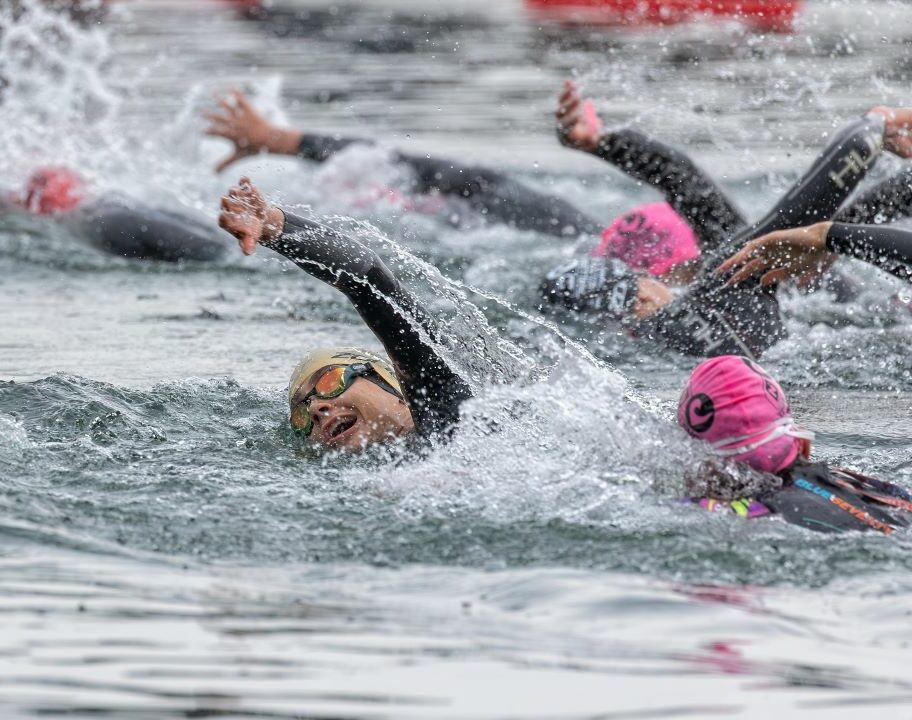
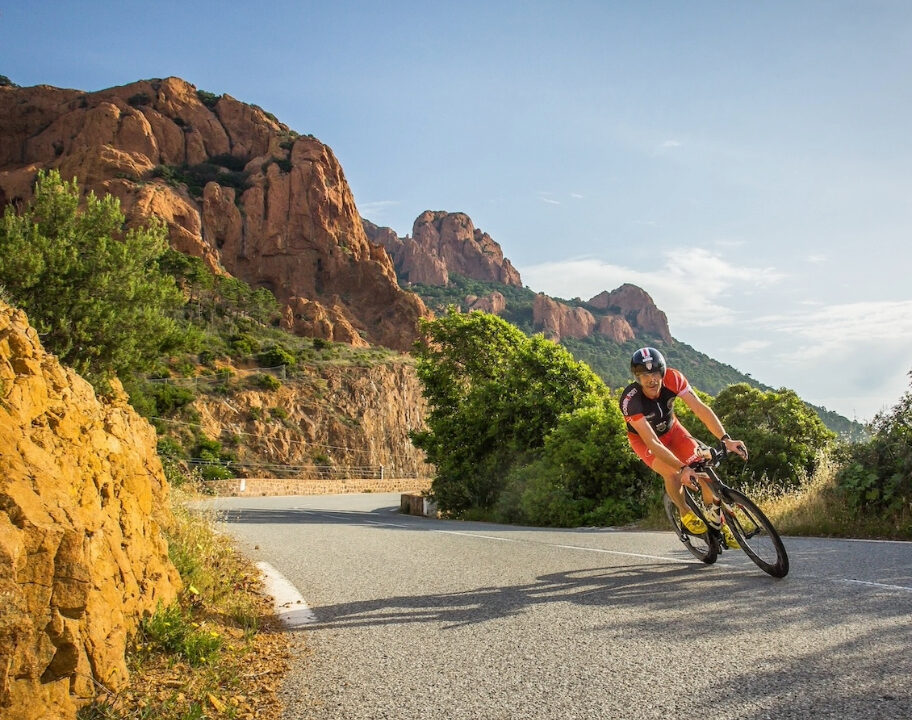
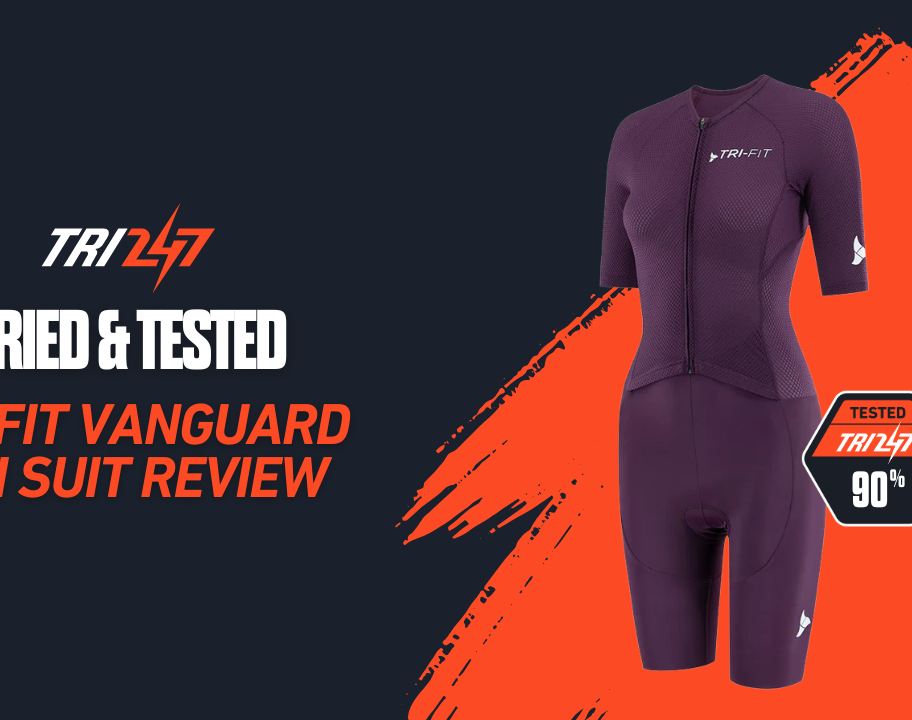
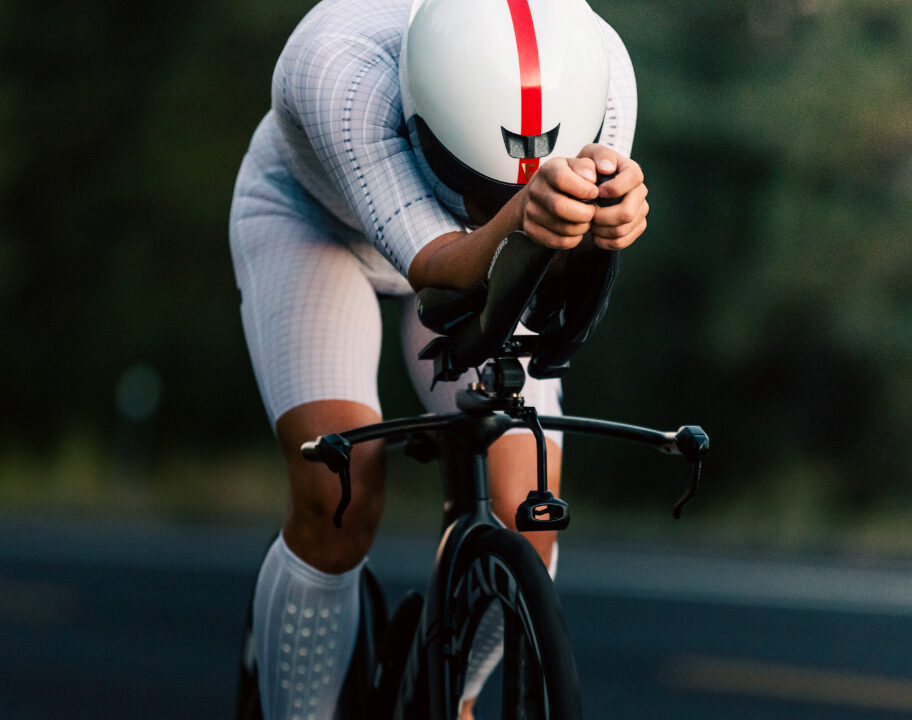

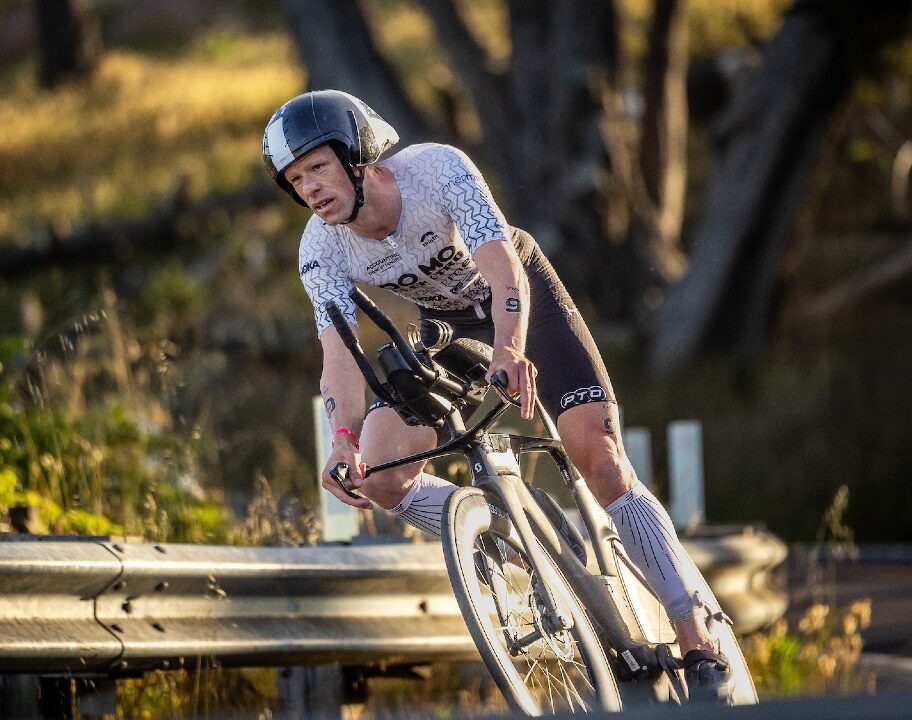
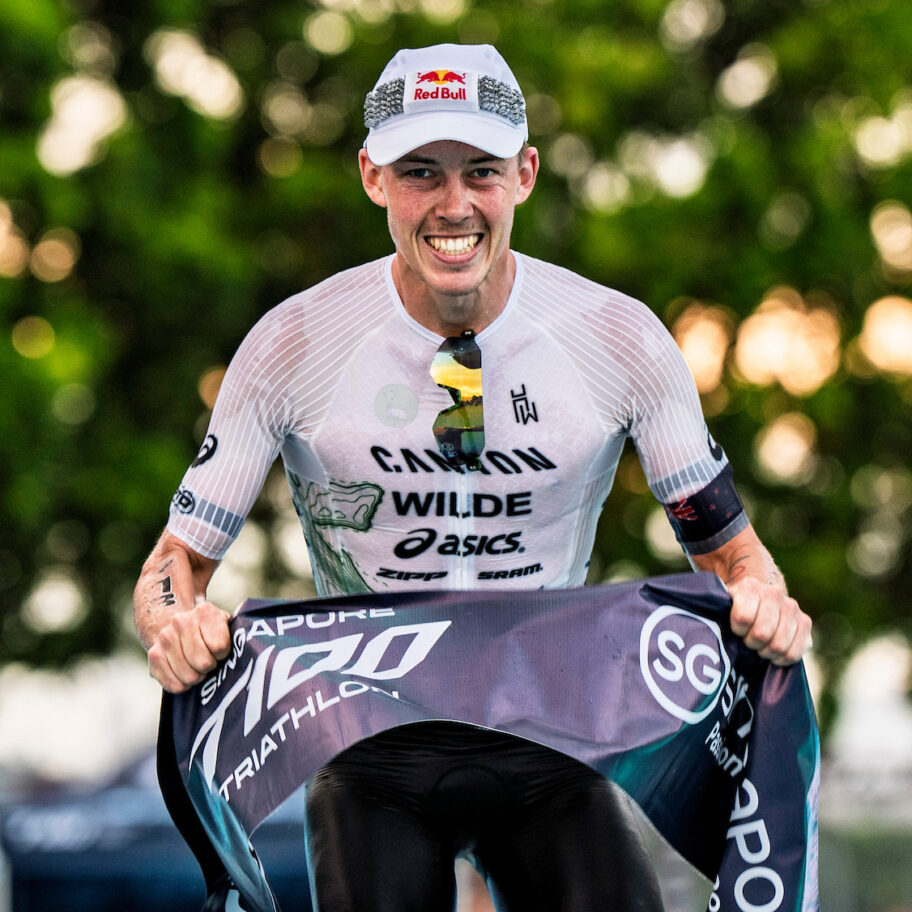
![Sam Laidlow IRONMAN World Championship 2024 Kona bike [Photo credit: Getty Images for IRONMAN]](https://www.tri247.com/wp-content/uploads/2024/10/Sam-Laidlow-IRONMAN-World-Championship-2024-Kona-bike-912x720.jpg)
